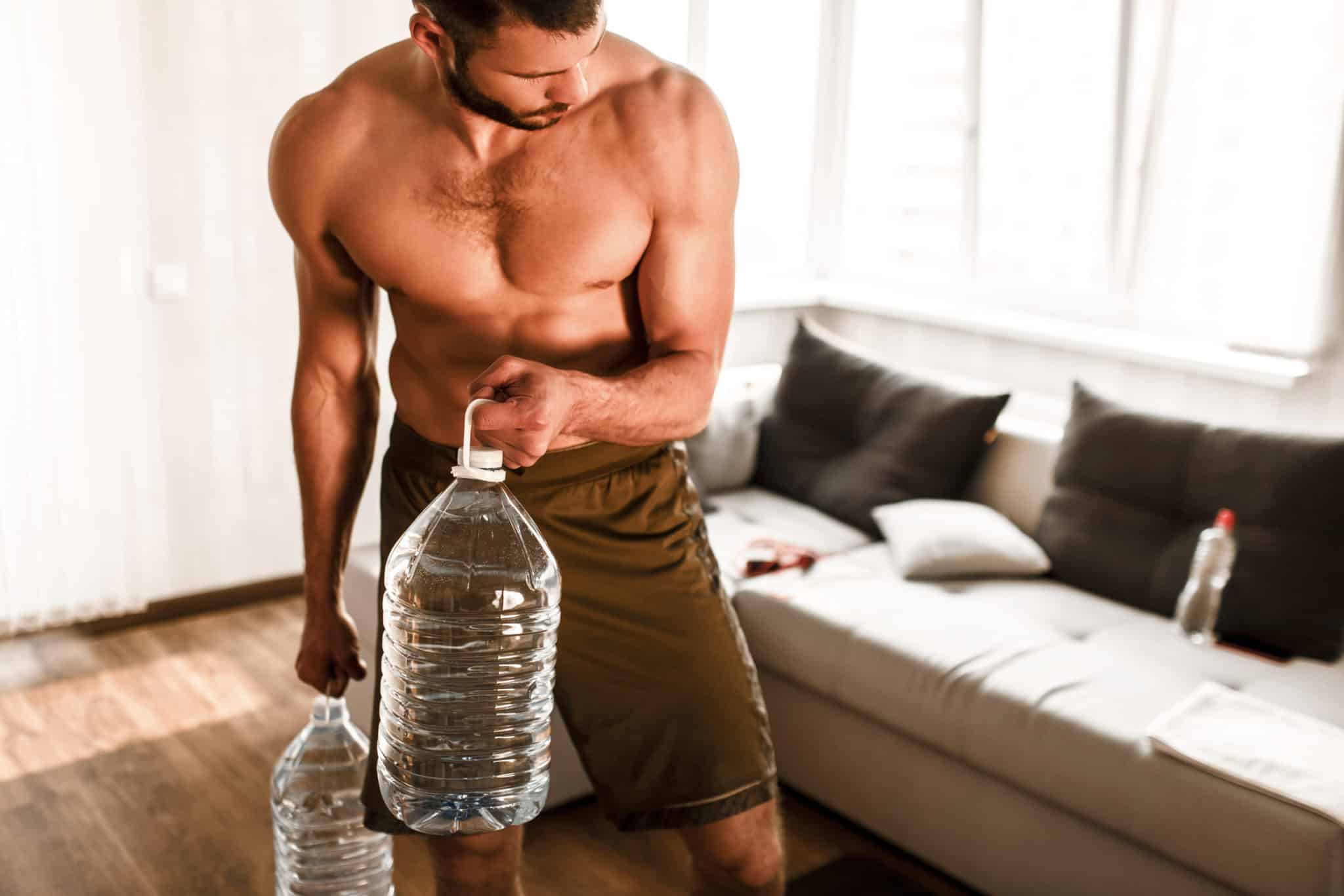A cramped muscle can be painful and uncomfortable and will almost certainly interrupt your training routine. Cramp is the sudden involuntary contraction of a muscle, can be very painful and can sometimes immobilise the effected person. This is an extremely common problem for athletes and those engaging in sports activities and can occur in any muscles. The areas that are most commonly effected are legs and feet and usually in muscles that cross over two joints such as the calf. It is important to mention that cramp can be more prevalent in long distance athletes or endurance sports so it is important to pay close attention to this blog if you fall into this category.
What causes cramp?
The exact cause of muscle cramp is, as yet, unknown. Cramp can occur without warning, but ordinarily occurs in the muscles in the legs and feet. Often, the spasms happen during or after exercise or while playing sports, and also when in bed (the calf muscle is the most common muscle to cramp at night). 
Factors which can contribute to the onset of cramp include:
Overexertion
Muscle fatigue
Dehydration
Unstretched, tight muscles
Low physical fitness
Poor running technique (rolling to the outside of the foot, for instance)
High-heeled shoes
Exercising in extreme heat
Treatment for cramp
The most effective treatment for cramp is to gently stretch the effected muscle. You should then ensure that all the remaining tension is removed from the muscle through massage, so that normal blood flow can return. In severe cases ice may need to be applied to the muscle to temporarily reduce the blood flow which in turn will help the muscle to relax.
How to prevent cramp in the future
Improving your general fitness to help reduce muscle fatigue
Warming up before strenuous exercise to increase blood flow to your muscles and prepare them for exercise. This will both reduce risk of injury and cramp
Dynamic stretching (stretches on the move) after warming up to make sure the muscles are supple and ready for exercise
Cooling down after exercise allows your body to remove the toxins and waste products that the muscles produce as a result of exercise to help prevent cramping and injury
Stretching post-exercise prevents cramp and helps maintain flexibility
Managing your hydration before, during and after exercise is very important to help prevent cramp and to also maintain performance. Make sure you take on electrolytes as well as water so the body is encouraged to absorb the water for optimum efficiency
How do I stretch the muscles that may cramp?
 Hamstring Muscle – While sitting, straighten one leg out in front of you and keep the foot upright with relaxed toes and ankle. Lean forward and touch the foot of the straightened leg. Repeat with the opposite leg.
Hamstring Muscle – While sitting, straighten one leg out in front of you and keep the foot upright with relaxed toes and ankle. Lean forward and touch the foot of the straightened leg. Repeat with the opposite leg.
Calf Muscle – With toes pointing forward in a standing lunge, straighten the rear leg until you feel a comfortable stretch in the calf muscle. Repeat with the other leg.
Quadriceps Muscle – While standing (using a wall or chair for support if necessary) raise heel towards buttocks holding the top of the foot and pulling the heel gently in to the buttocks until you feel a comfortable stretch. Repeat with the other leg.
